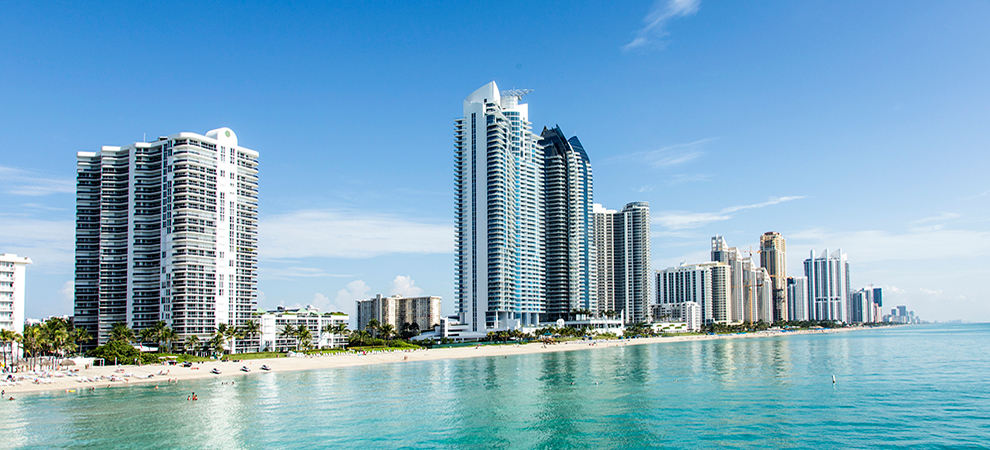HOA Condo Living: Searching For Your Perfect Neighborhood
The Function of an HOA in Establishing and Enforcing Community Guidelines for Citizens
The duty of a Homeowners Organization (HOA) in applying and developing area standards is essential to preserving a cohesive and orderly property atmosphere. By developing clear rules that govern facets such as home upkeep and area conduct, the HOA not just establishes standards for citizens yet additionally promotes a sense of belonging and accountability.
Recognizing House Owners Organizations
Homeowners associations (HOAs) work as regulating bodies for domestic communities, playing a crucial duty in keeping building worths and fostering a feeling of community. Commonly developed by developers, HOAs are composed of home owners within an assigned location who choose a board to manage the association's activities. The key features of an HOA include imposing area guidelines, managing usual areas, and arranging community occasions.
HOAs operate under a collection of controling files, consisting of restrictions, conditions, and covenants (CC&R s), which outline the civil liberties and obligations of homeowners. These guidelines intend to ensure that properties are preserved to a particular criterion, thereby safeguarding the visual appeal and overall value of the neighborhood. In addition, HOAs frequently accumulate dues from property owners to money upkeep, landscape design, and various other area services.
The presence of an HOA can substantially affect the living experience within an area (hoa condo). While some residents appreciate the structured environment and facilities offered, others might discover specific policies restrictive. Balancing the interests of all property owners is vital for an HOA to work successfully, ensuring that it offers its desired objective of boosting neighborhood living while appreciating private property owner civil liberties
Creating Area Standards

To begin, an HOA must perform surveys or hold conferences that allow locals to voice their concerns and ideas. This participatory procedure promotes a sense of ownership and increases conformity. Next, the HOA board must analyze the feedback to recognize usual styles and concerns that require formal incorporation in the standards.
It is likewise important to make certain that the standards are clear, concise, and easily recognized. Obscurities can result in problems and misconceptions, undermining the objective of the standards. Additionally, the guidelines should be comprehensive, covering numerous facets of community living, consisting of residential or commercial property upkeep, sound levels, and use common areas.
Enforcement of Rules
Reliable enforcement of community regulations is vital for maintaining order and making certain that all locals stick to the established standards. An HOA should apply a structured technique to enforce these guidelines, which frequently entails a combination of tracking, interaction, and penalties for non-compliance.
First, routine inspections and neighborhood patrols can aid identify infractions, making certain that regulations are continually applied throughout the area. This proactive tracking permits the HOA to address problems prior to they rise, fostering a sense of responsibility amongst residents.
Second, clear communication is crucial. Residents must be educated of the regulations and the procedures for reporting violations. An open line of communication motivates homeowners to voice problems and seek clarification on guidelines, which can improve compliance.
Finally, when infractions happen, the HOA needs to apply effects as outlined in the governing files. This might consist of advising letters, penalties, or, in serious situations, lawful action. It is essential that charges are applied fairly and regularly to preserve depend on within the neighborhood. By successfully implementing regulations, an HOA can grow an unified living environment that mirrors the cumulative worths of its homeowners.
Advantages of HOA Laws
Many benefits emerge from the application of HOA policies, which serve to boost the top quality of life within an area. One main benefit is the upkeep of building values. By applying requirements for looks and upkeep, HOAs make certain that homes and common locations stay eye-catching, promoting a preferable living atmosphere that can bring about boosted residential or commercial property worths gradually.
Additionally, HOA laws promote consistency and uniformity within the community. This coherence in style and upkeep assists to produce a sense of belonging among homeowners, contributing to area pride and a positive ambience. Developed guidelines help with problem resolution amongst neighbors by supplying clear assumptions and protocols for habits, therefore reducing conflicts.
An additional significant benefit is the stipulation of shared facilities and solutions. Several HOAs manage neighborhood centers such as parks, pools, and clubs, which enhance leisure chances for homeowners. These facilities not just improve the high quality of life yet also motivate social interaction.
Eventually, the policies stated by an HOA grow an efficient, harmonious community, making certain that homeowners enjoy a high standard of living while promoting a helpful atmosphere for all home owners.
Usual Challenges Faced by HOAs
In the middle of the benefits that homeowners organizations (HOAs) can supply, they also encounter a selection of obstacles that can impede their performance. Numerous home owners may not participate in meetings or area activities, leading to a separate between the HOA board and residents.
One more challenge is the enforcement of regulations and guidelines. Conflicts can arise when article source residents really feel that enforcement is inconsistent or biased, potentially resulting in conflicts within the area. In addition, HOAs usually face monetary constraints, which can limit their capability to maintain typical locations or fund community projects. This can produce dissatisfaction among citizens that expect high requirements of maintenance.
In addition, browsing lawful intricacies can be intimidating for HOAs. They need to make sure conformity with state legislations while managing their own regulating files, which can be a source page of confusion. Lastly, developing and changing demographics community needs require HOAs to adapt their standards, frequently satisfying resistance from enduring citizens who are accustomed to conventional standards. Addressing these challenges is important for promoting a unified and successful area.
Conclusion

By formulating clear rules that control aspects such as residential property upkeep and community conduct, the HOA not only sets requirements for homeowners yet also promotes a sense of belonging and liability.Homeowners associations (HOAs) offer as regulating bodies for residential communities, playing a crucial duty in maintaining home values and promoting a sense of community. Numerous homeowners might not participate in meetings or area tasks, leading to a disconnect between the HOA more helpful hints board and homeowners. Transforming demographics and evolving neighborhood needs call for HOAs to adapt their guidelines, often meeting resistance from enduring locals who are accustomed to traditional norms. With the advancement of clear policies and consistent enforcement, HOAs promote home maintenance, community pride, and trust fund among residents.